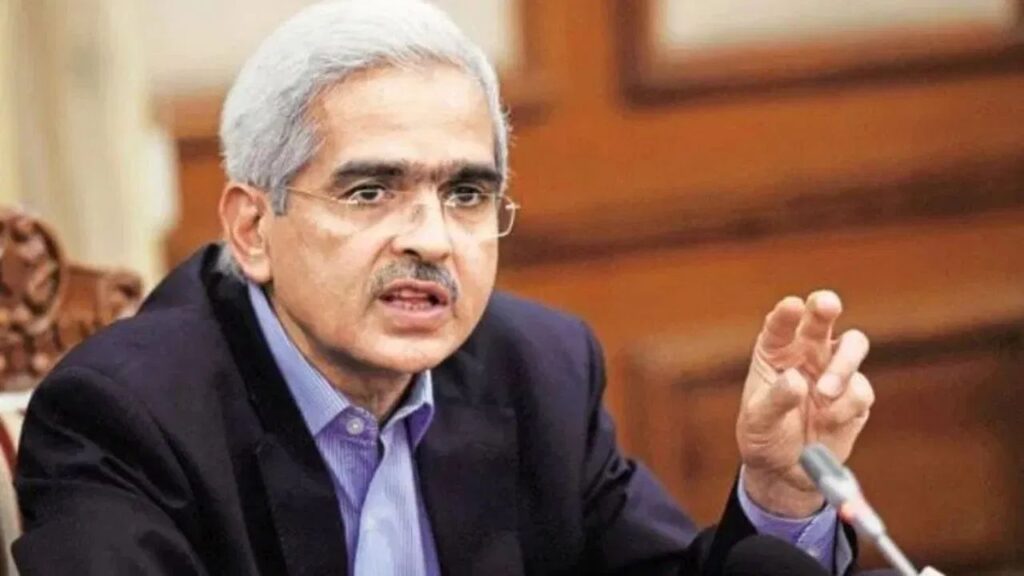The recent release of India’s GDP data for the first quarter has sparked discussions across the nation. As of 30th June, the GDP has dipped to its lowest level in 15 months, raising concerns about the underlying reasons for this decline in economic growth. Experts have been analyzing the data to identify the factors contributing to this drop, and the Governor of the Reserve Bank of India (RBI), Shaktikanta Das, has provided some insights into the situation.
Insights from the RBI Governor
On Saturday, Shaktikanta Das stated that the recent Lok Sabha elections brought about an enforcement of the Model Code of Conduct, which led to a reduction in government expenditure. This significantly impacted India’s economic growth rate, which fell to 6.7% during the April-June quarter, marking the lowest figure in 15 months. Initially, the RBI had projected a growth rate of 7.1% for the same quarter.
During a press briefing, Das highlighted that while the RBI anticipated a 7.1% growth, the preliminary estimates from the National Statistical Office revealed a lower growth rate of 6.7%. He emphasized that key components contributing to GDP growth, such as consumer spending, investment, manufacturing, services, and construction, had recorded growth rates surpassing 7%.
Factors Affecting GDP Growth
Shaktikanta Das identified two principal factors that slightly pulled down the growth rate: government expenditure (both central and state levels) and the agricultural sector. He pointed out that government spending was particularly subdued during the first quarter, likely due to the upcoming elections and the implementation of the Model Code of Conduct. Das expressed optimism that government spending would increase in the following quarters, thus providing necessary support for growth.
Additionally, the agricultural sector registered a minimal growth rate of approximately 2% during the April-June quarter. Despite the sluggish growth, Das noted that the monsoon season had been favorable, leading to optimism among stakeholders in the agricultural sector. He firmly believes that under the current circumstances, it is realistic to expect an annual growth rate of 7.2% in the upcoming quarters, in line with RBI’s projections.
Table: Key GDP Indicators
| Indicator | Value |
|---|---|
| GDP Growth Rate (Q1) | 6.7% |
| RBI Projected Growth Rate | 7.1% |
| Agricultural Growth Rate | ≈ 2% |
| Projected Annual Growth Rate | 7.2% |
Conclusion
In summary, the recent dip in India’s GDP has been influenced by various factors, including reduced government spending due to electoral considerations and underwhelming agricultural growth. However, the outlook remains positive, with expectations of a rebound in subsequent quarters. As stakeholders in the economy look forward, a renewed focus on boosting government expenditure and fostering growth in all sectors will be vital in achieving the projected growth rates.

